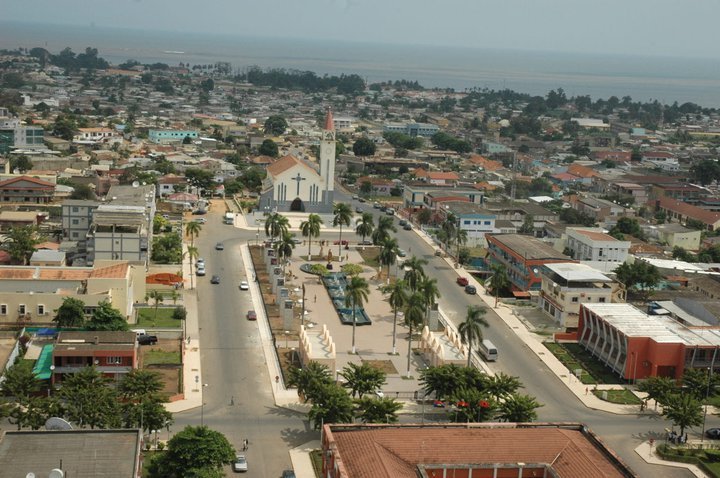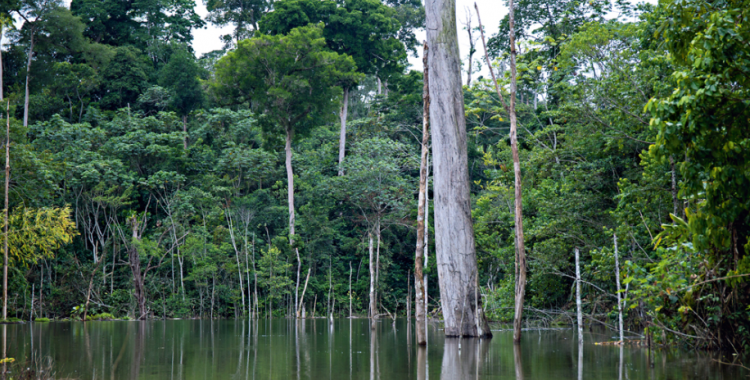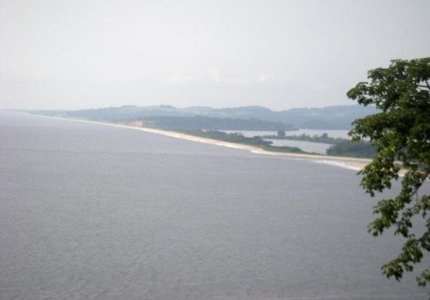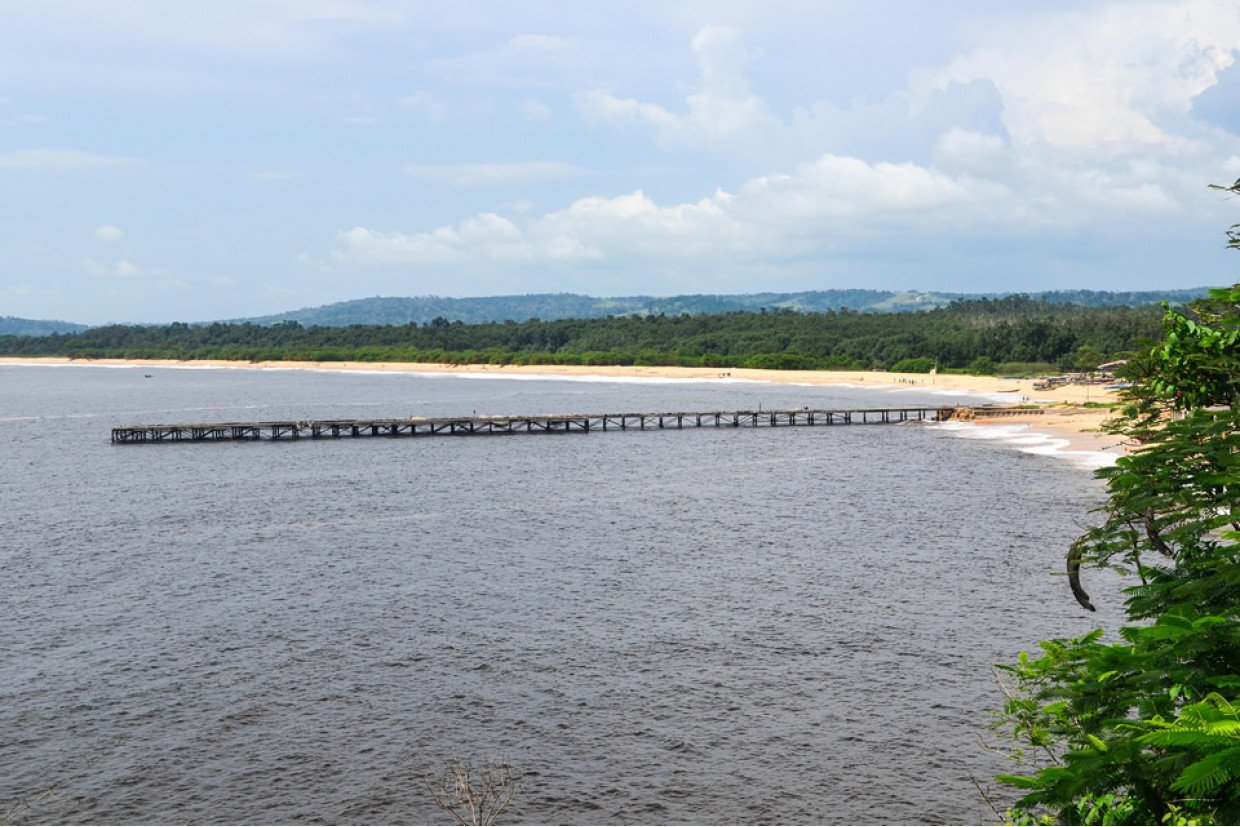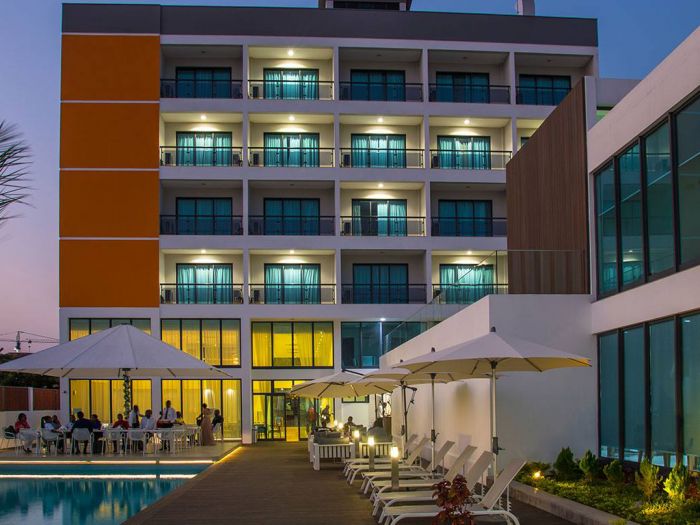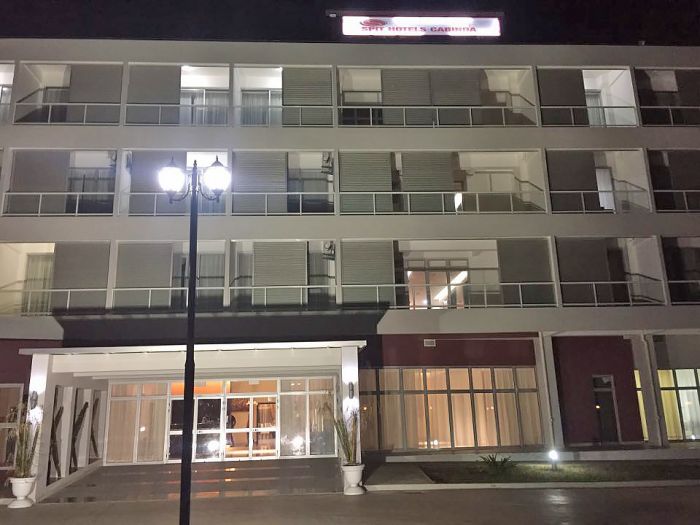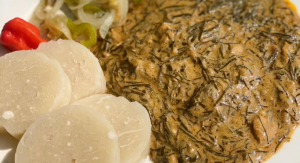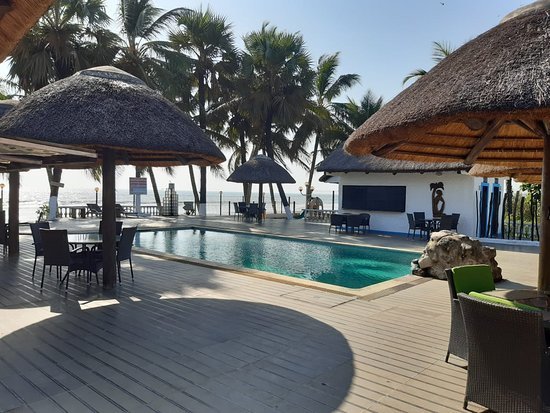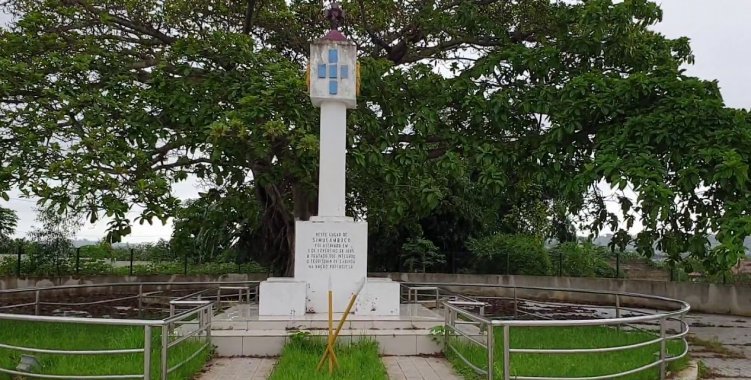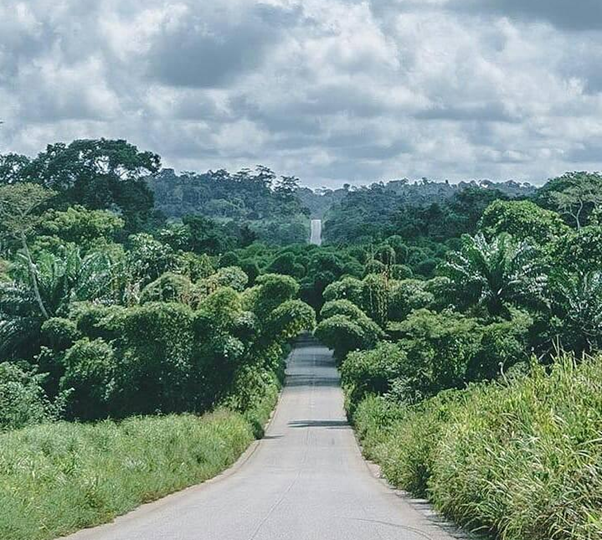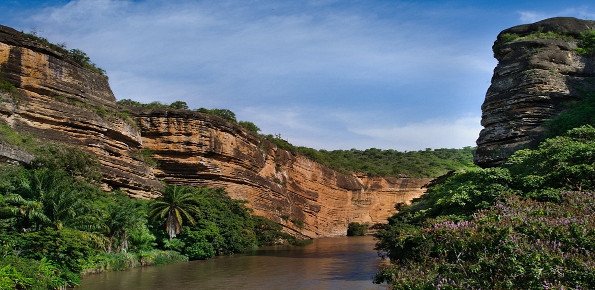- Cabinda city area view
History
Cabinda province is one of the 18 provinces of Angola, located in the northern region of the country. The capital is the city and municipality of Cabinda.
The name "Cabinda" comes from the combination of the terms "Mafuca Binda", where the word "Mafuca" which in the ancient kingdoms of Loango, Cacongo and Nagoio was a kind of general intendant of commerce and the king's trusted man, and the word “Binda” meant all business transactions.
The city of Cabinda was the seat of the Portuguese protectorate and of the Congo district until 1917, when it became the city of Maquela do Zombo. In 1955 Angola was eventually divided into 13 districts, with Cabinda no longer being General Intendance and achieving the restoration of its district status, remaining under the jurisdiction of the province of Luanda until 1972, when it finally became the full province of Angola.
Cabinda Geo-Demographic Data
Cabinda province has a total area of 7,270 km2, is the northernmost province of Angola. It is an enclave bordering the Republic of Congo to the north, the Democratic Republic of Congo to the east and the Atlantic Ocean to the west. According to the population census carried out in 2014, cabinda has 688,285 inhabitants.
Cabinda is divided into 4 municipalities: Belize, Buco Zau, Cabinda, Cacongo.
Culture
This province is very marked by traditions and above all the Bakama perpetuate them. These are cultural groups with their own sects that appear at historic festivals with painted masks, dressed in dried banana leaves and carrying a broom made of palm leaf ribs.
The Maiombe Forest is in the popular imagination and is the stage for several folk tales and stories from Angolan literature.
- Maiombe Forest
Climate
The predominant climate in Cabinda province is humid tropical climate. The average annual temperature varies between 25º and 30º C.
Nature
The Kakongo Forest Reserve (Maiombe) covers an area of 650 km2 and borders the Democratic Republic of Congo to the north, the river Luali to the east, the river Inhuca to the west and the river Inhuca to the south to the junction of the river Inhuca and Luali.
The Maiombe Forest, called the 'vegetable sea', due to its impenetrability, is a dense tropical forest that dazzles any visitor with its magnificent green tones. Rich in precious woods, its fauna is made up of gorillas, chimpanzees, elephants and a huge variety of birds, some very rare.
O Marsh of Landana it is a suitable place for bird watching and a sanctuary for pelicans and flamingos.
THE Chiloango river mouth, like the river itself along its course, is a tourist attraction for its beauty.
- Chiloango River mouth
The Sassa-Zau Lagoon, located in Malembo, 30km north of the city of Cabinda, is a natural treasure still unspoilt from a tourist point of view. Bathing and sport fishing are unmissable.
The Manenga and Tchúqisse Lagoons, both in the Massabi commune, are rich in fish and seafood, given their connection to the ocean; have slightly salty water giving rise to a hybrid fishing fauna.
Beaches
Cabinda offers excellent beaches for marine sports and sport fishing, such as 10 de Maio, Lândana, Chinga, Fútila, Malembo, Mandarim, Cabassango and Capelo.
- Lândana beach
How to get
To get to the province of Cabinda, on the one hand, we have via area, you can buy a ticket from the company. TAAG Angola Air Lines at the domestic airport, with destination to the provincial airport which has the 2nd longest runway in the country (Aeroporto Maria Mambo Café) and which receives small and large planes; On the other hand, we have a sea route, through the Commercial Port of Cabinda.
Where to stay
The province of Cabinda has dozens of hotel units, as our web-site suggests, chose 4 hotels to keep your stay comfortable and safe, which are as follows:
- Executive Paradise Hotel
- Hotel Infotur Namibe
Transport
To move around the province, you can find some rent a car services in some hotels and beyond. You can also join transport services, personalized taxi, which is the most formal, or if you need informal transport, you can find motorcycle taxi services and candongueiro services.
Typical dishes & where to eat
One of the dishes that identifies the Angolan culture is funge, accompanied by various sauces, with fresh or dried meat, fresh or dried fish, and in some cases with edible lizards known as catato and various other accompaniments.
- Smoke with kinkwanga
You can visit the following restaurants to discover national and international cuisine:
- Futila Beach Hotel
What to do
Visiting the M'Buco-M'Buadi Cemetery, known as the Cemetery of the Kings of Cabinda, houses dozens of sculptures that decorate the tombs. Historic Landmark of the Treaty of Simulambuco. Signed in 1885 between the princes of Cabinda and the kings of Portugal, it was marked by the natives with the planting of a tree that still exists today. In 1956, a concrete standard was erected.
- Historic Landmark of the Treaty of Simulambuco
Other places like the Ruins of the Old Episcopal Cathedral of the century. XVI, the Church of Lândana from the 20th century, built next to the Catholic Mission of Vila de Lândana, the People's Palace, the Museum of Cabinda, the Church of S.Tiago, the Church of Our Lady Queen of the World, , the Church da Immaculate Conception, the Mboca Church and the Church of S.António are places worth visiting.
What to bring in the suitcase
- Winter clothing;
- Moisturizing skin cream;
- Forest boots for those who want to explore the forests;
- Sunglasses;
- bathing suits;
- Satellite phone “Turaya”
Tips for managing your expectations
- In Cabinda province, the traditional local authorities (Sobas) give permission to carry out a particular visit;
- Public services and appointments take a long time;
- Carrying cash, most of the market is informal;
- It is notable flooding in ATM queues.
As a souvenir in Cabinda province, you can take the following items.
- Handmade garment.
- Earth foods, like Fumbua, kinkwanga, macayabo and others.
- Photography at seahistorical arch of the treaty of Simulambuco.
Now you can enjoy a complete visit to the city of the Axiluanda. Please let us know if this article was helpful to you in the comments below.
Enjoy it!

